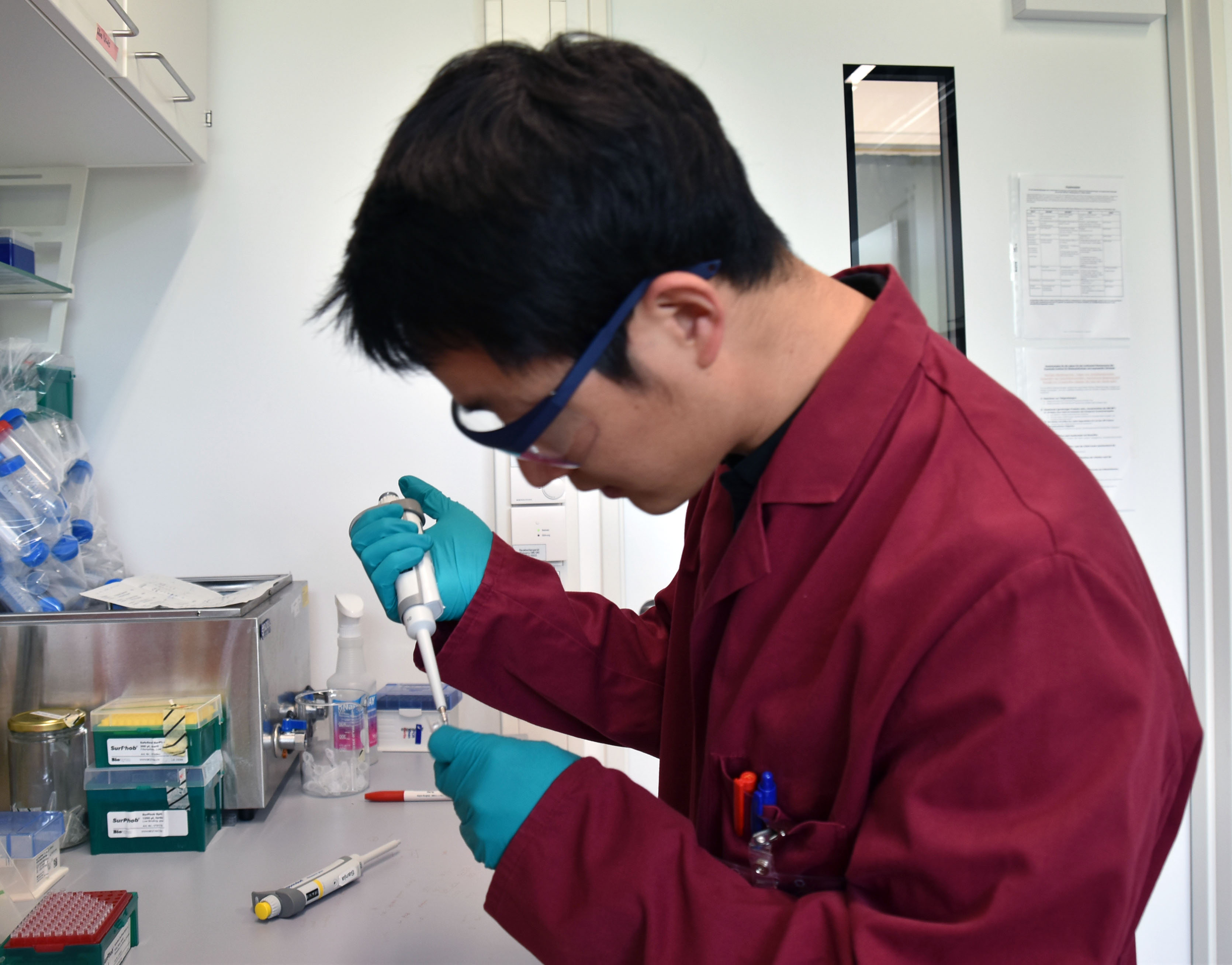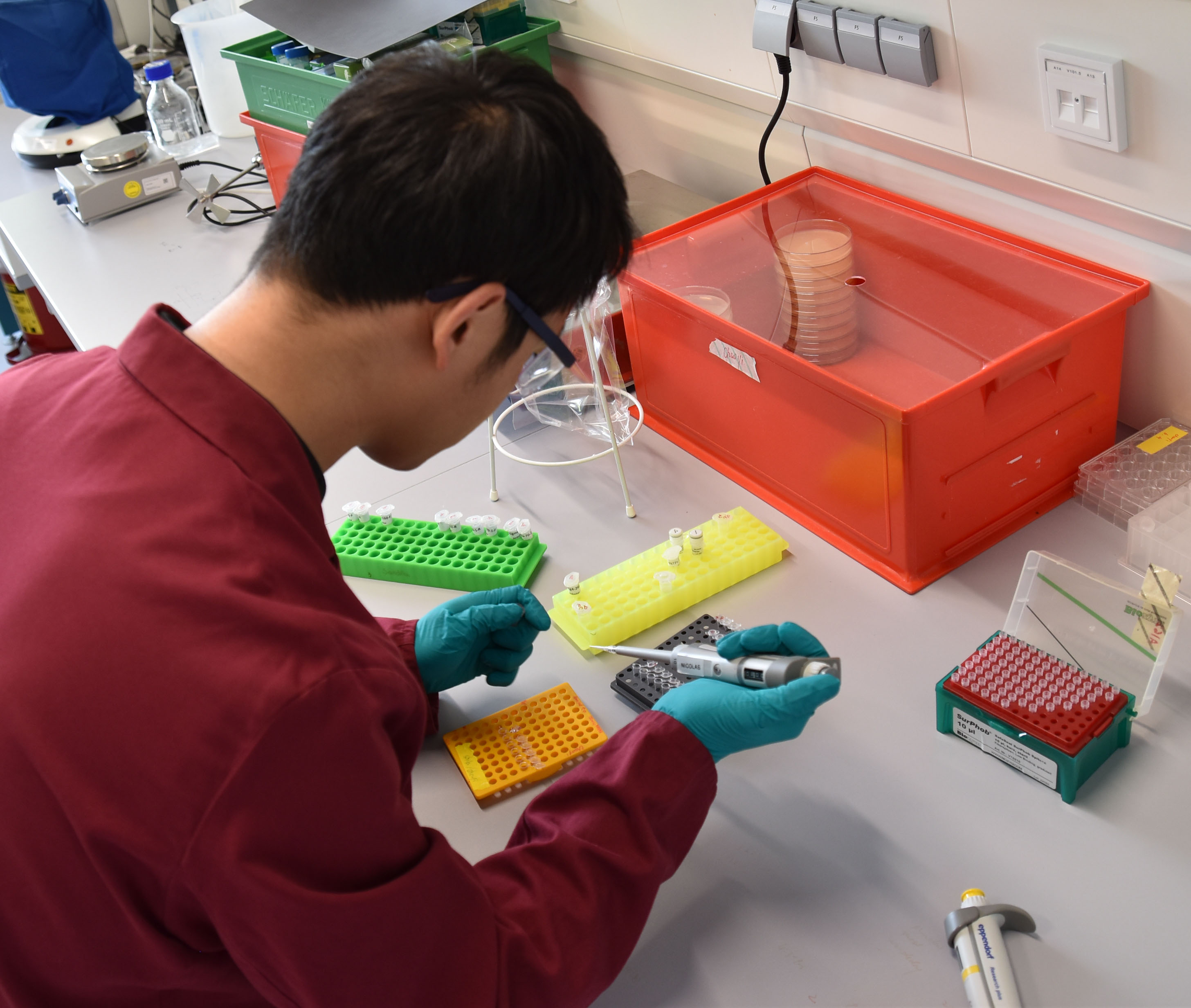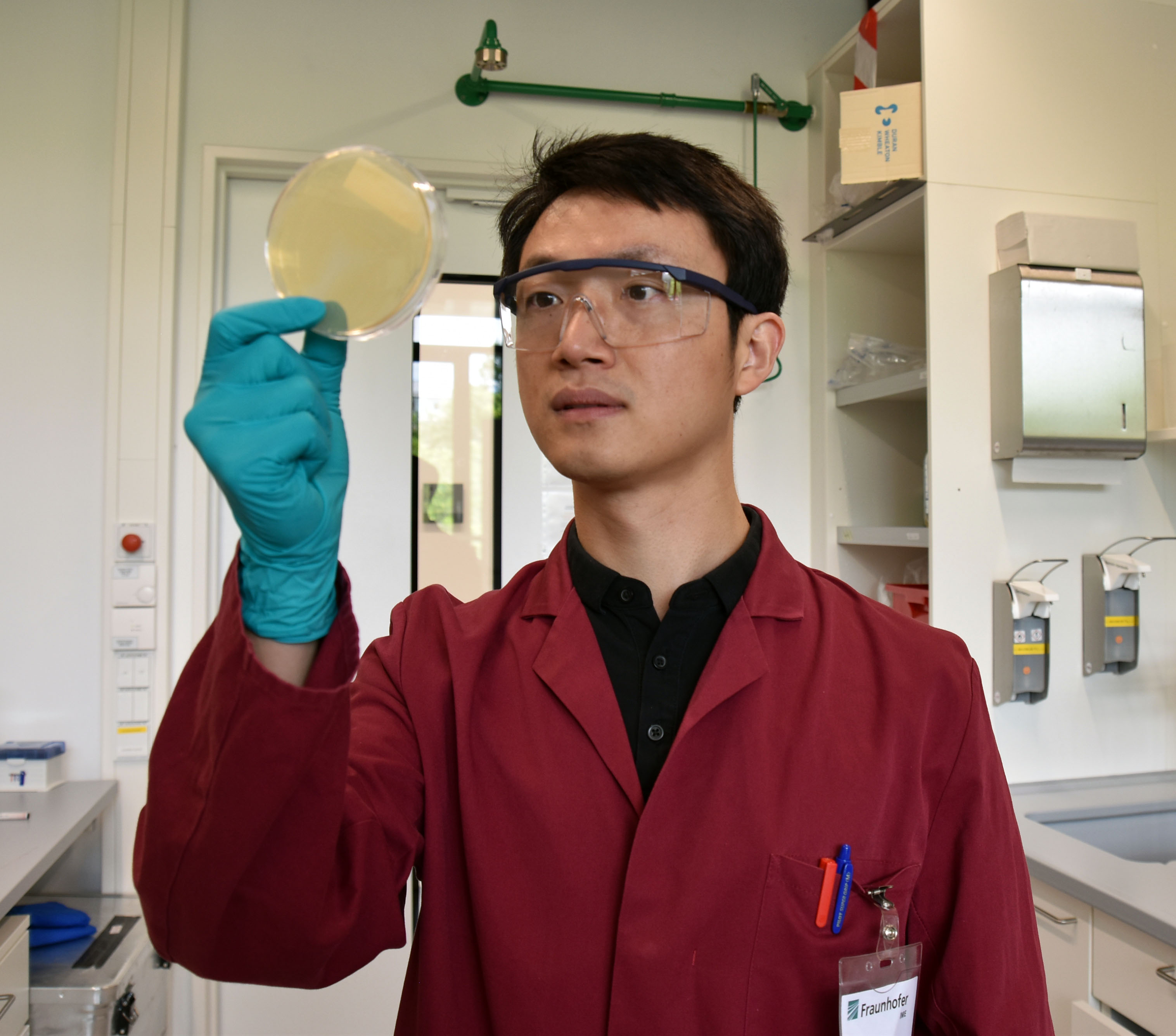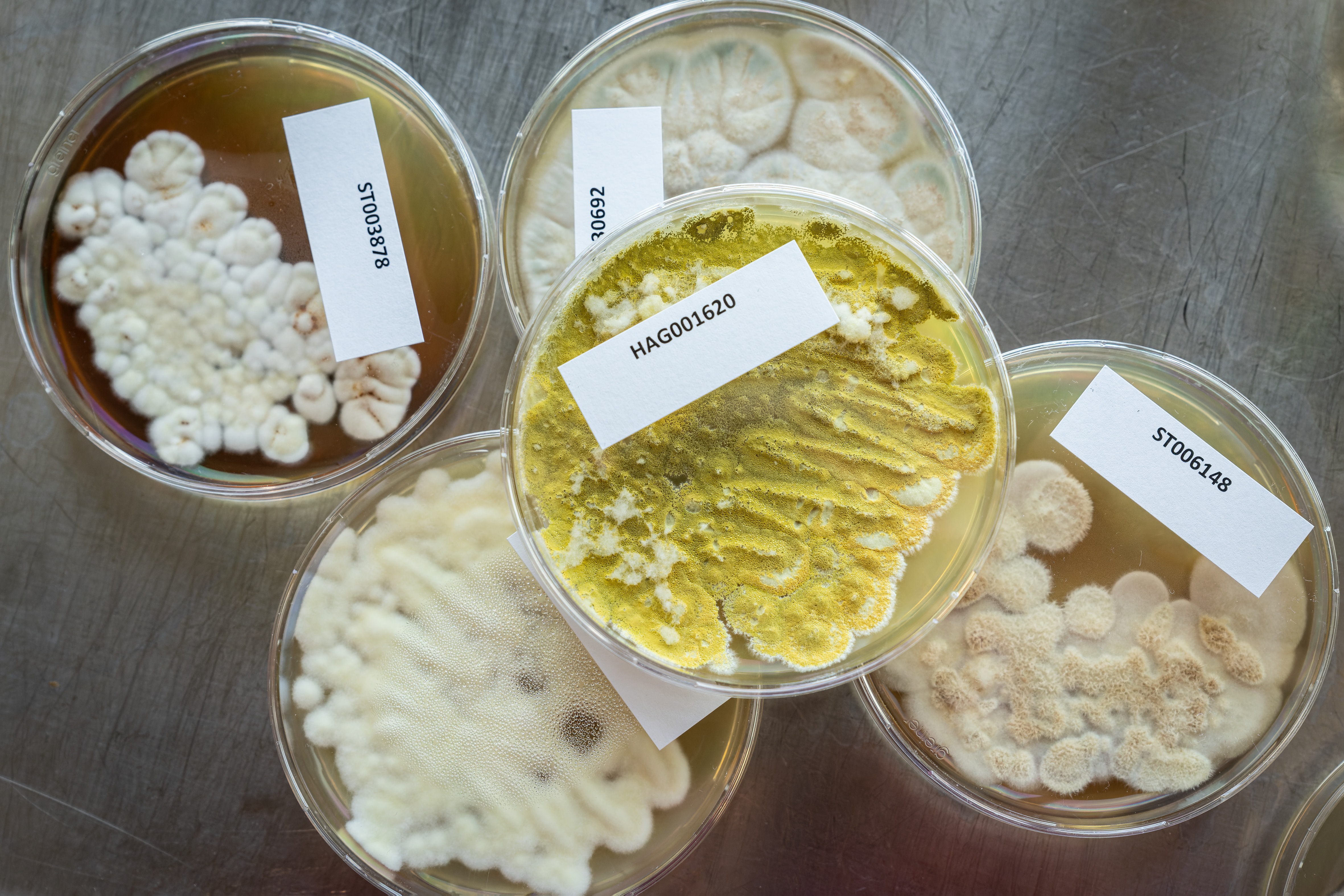Motivation and Problem



Antibiotics, particularly the β-lactam classes, are a cornerstone of modern medicine. Binding to the penicillin binding proteins (PBPs) and thus inhibiting the cell wall synthesis of the bacteria, β-lactam antibiotics have been a frontline defense against infections since the development of penicillin. However, resulted from antibiotics abuse over half a century, bacteria have acquired mechanisms counteracting these antibiotics under the evolutionary pressure. The increasing proportion of multi drug resistant (MDR) bacterial strains in human infections, is recognized as one of the most important public health threats in 21st century.
Among those mechanisms of antimicrobial resistance (AMR), the production of β-lactam resistant PBPs and β-lactamases are of highest importance. β-lactamases are enzymes that confer resistance to β-lactam through their ability to hydrolyze the β-lactam ring present in these antibiotics and thus rendering them ineffective. β-lactamases are classified into serine-beta-lactamases (SBLs) and metallo-beta-lactamases (MBLs). MBLs are capable of hydrolyzing almost all β-lactams, including carbapenems, which are often used as last-resort antibiotics.
Nonetheless, and more encouragingly, monobactams, such as aztreonam do not fall prey to MBLs. The strong interference of Aztreonam with PBPs combined with its stability towards hydrolysis by MBLs inspired the design and synthesis of novel sulfonated monobactams as attractive lead for developing candidate compounds with activity against MDR pathogens. Sulfonated monobactams however are not a developed concept of mankind but had been evolved in nature. Natural monobactam with structural similarities to aztreonam are sulfazecin and sulfonated monobactams produced by strains of the phylum Bacteroidetes.
 Fraunhofer Institute for Molecular Biology and Applied Ecology IME
Fraunhofer Institute for Molecular Biology and Applied Ecology IME
